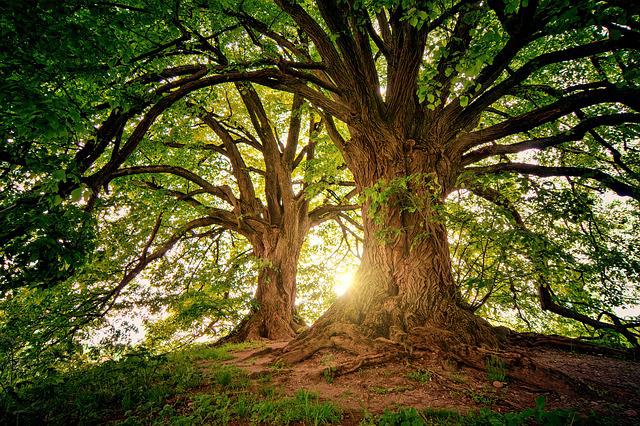Nepenthes are a genus that contains around 170 species and are very diverse. They are native to the tropics, principally Madagascar through tropical Asia to northern Australia. In the wild, they grow as vines up to 15m (50ft).
Most tropical pitcher plants grow in the upper canopy of rainforests and prefer bright light, but without much direct sun. Other varieties grow in open grasslands. The soils are generally acidic and low in nutrients, such as sandy, volcanic and peaty. Colours vary from green to deep red, some speckled. Ranging in size from diminutive miniatures like Nepenthes ampullaria to the huge Nepenthes rajah, the genus includes the only carnivorous plants known to have caught and eaten whole rats.
The pitchers grow at the ends of long leaves and contain a cocktail of rainwater and digestive enzymes. Two types of pitchers are produced, one at ground level, the other further up the vine. In their native habitat, they catch more insects than any other genus.

Growing tips
Lowland species require very warm summer conditions with a winter temperature of 21°C (70°F). Highland species need frost-free winter conditions with a winter night temperature no lower than 11°C (52°F). They prefer a good level of warmth by day, between 18-22°C (64-71°F). Both varieties need shade and high humidity for pitchers to develop. Highland species tend to grow fewer traps but they are generally longer lasting and sturdier than typical lowland species.
They are best grown in hanging baskets in a porous organic medium. A mixture of composted bark, loam, sharp sand, sphagnum-type moss and charcoal is ideal.
Propagation is by stem cuttings in early spring or by seeds sown in a finer version of the growing medium at 26-32°C (80–90°F). Pitcher development is encouraged by pinching out new shoots at four to six leaves or by cutting back annually in spring. This also helps to maintain its shape.








Leave a Reply